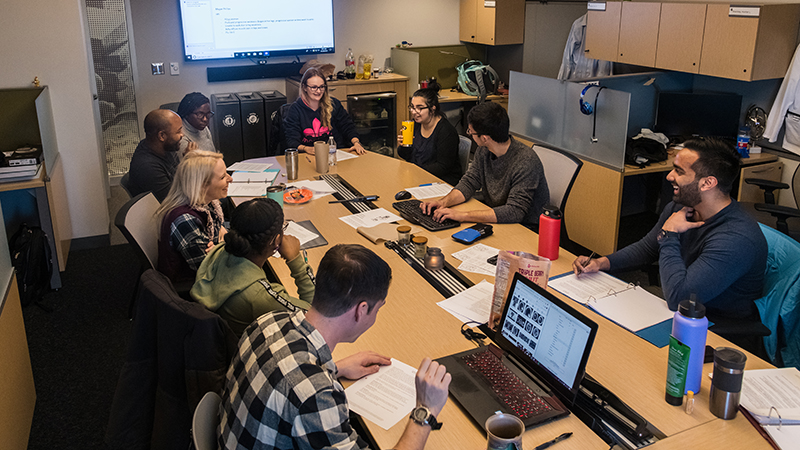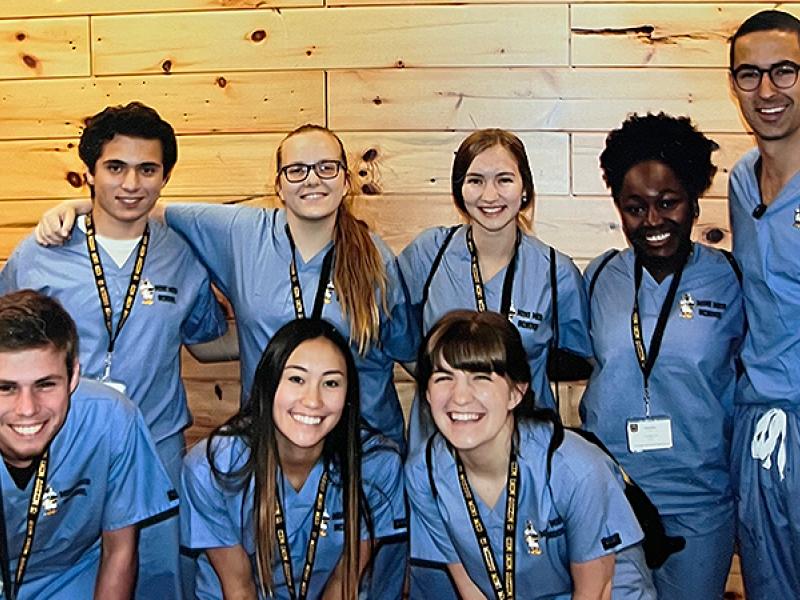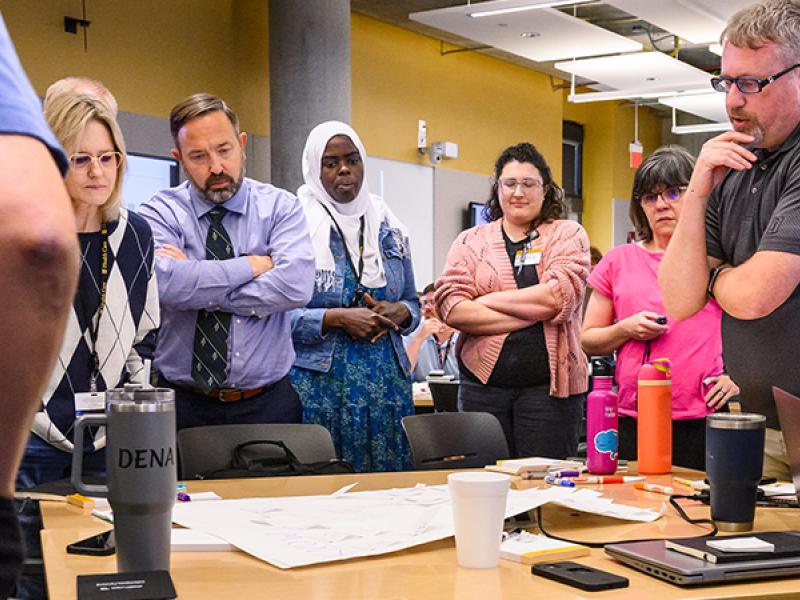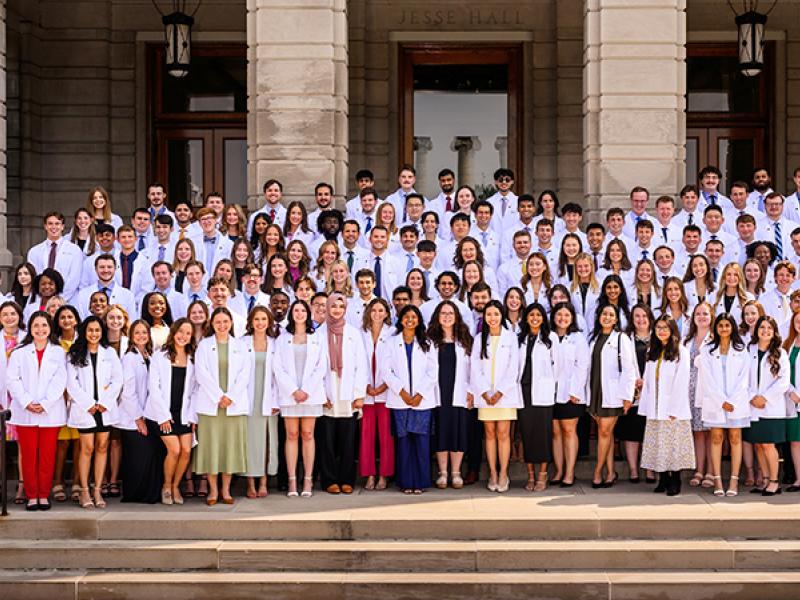
Researchers from the University of Hawaii singled out the MU School of Medicine as an overachiever in a study published in the journal BMC Medical Education.
The study determined which schools posted United States Medical Licensing Examination (USMLE) scores that deviated from expectations based on factors such as the grade-point averages and Medical College Admissions Test (MCAT) scores of entering students. “This study uncovers several medical schools which outperform or underperform trend line expectations for USMLE, irrespective of entering student qualifications. One outlier institution, the University of Missouri-Columbia, was found to significantly outperform in both Step 1 and 2,” the study concluded.
“Such performance may be explained by curriculum and administrative differences. Having identified institutions that outperform expectations, the next sequence of investigations should aim to pinpoint the nuances within the ‘patient-based learning’ curriculum that helped enhance medical education at the University of Missouri-Columbia. If these variables can be determined and disseminated, institutions globally will be able to produce physicians with greater clinical knowledge and skills, thereby improving patient care.”
Missouri adopted the patient-based learning (PBL) curriculum for its first- and second-year medical students in 1993. Rather than learning basic science in lectures, PBL students work in teams of eight to help each other learn from real clinical cases.

After the Hawaii study was released, Michael Hosokawa, EdD, the MU School of Medicine’s senior associate dean of education and faculty development, started receiving congratulatory emails. Hosokawa led the team that implemented PBL after former Dean Lester Bryant decided Missouri needed to change its curriculum.
“I’m proud and I’m pleased that the University of Missouri can be looked at this way,” Hosokawa said. “There are hundreds of our faculty who can take pride in it.”
Medical students take the UMSLE Step 1 test after their second year and the Step 2 test after their third year. Residency directors consider the scores when selecting medical school graduates for their programs. Hosokawa emphasized, though, that board scores are just one measure of success for a student and a school.
“One of the most meaningful measurements to me is about 98% of our students match in a residency, and usually those are their first or second choices,” Hosokawa said. “Residencies not only look at those test scores, but they interview the student. They’re looking at the students as more than a score, and they’re selecting our students.”





